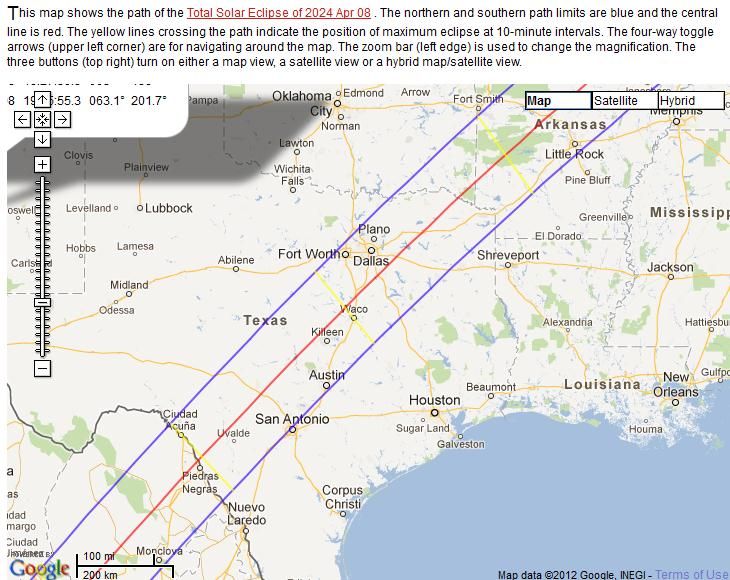ChrisOH wrote:Fat Man, love the updated user avatar and signature photo!

Thank you very much!
Yeah, I also think it's much better than the old avatar, myself.
In the new one, I'm actually doing something.
I had to do some work on my telescope to get it properly set up.
When I got my 2x Barlow lens from
High Point Scientific, it was too big to fit into the focusing tube, so I had to make an adapter to connect the 2x Barlow lens to the focusing tube.
I went to a Home Depot, bought a 2 foot length of white PVC water pipe, which was longer than I actually needed, but it was the shortest length I could buy. Then I cut three inches off of it.
Of course, the inside diameter was a little bit too large, so I had to use some duct tape around the end of the focusing tube and around the end of the 2x Barlow lens tube for a snug fit which would be inserted into the other end of the three inch section of PVC pipe.
Then before I assembled it, I spray painted the short three inch piece white PVC pipe with glossy black spray paint, then I let it dry over night, before putting it together. Spay painting it made it look much nicer, like it belongs there.
I also put a small hole in the side of the PVC adapter close to the end that went over the focusing tube so that the set screw would hold it in place and keep it from slipping off.
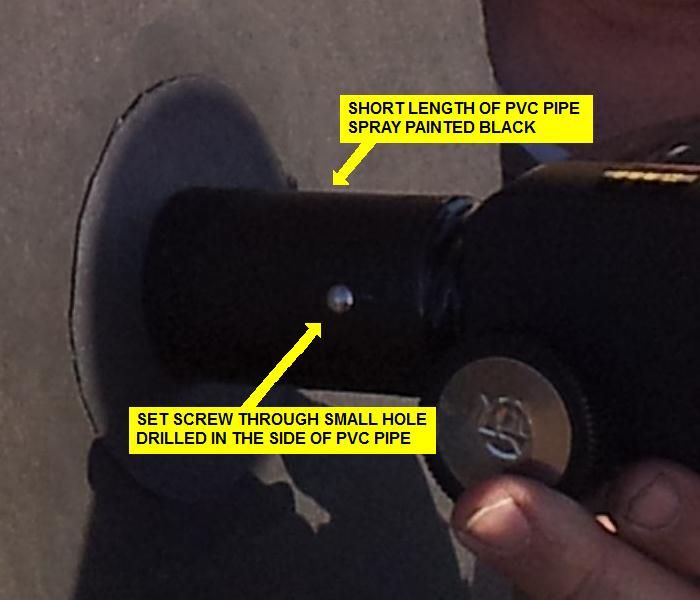
Here is a close up of the focusing mount on my
Galileo telescope.
Now, because my 2x Barlow lens is flat on one side, and concave on the other side, then, it's a Negative Lens, so has to be focused forward, or inside the focal plane of the main objective lens.
A Negative Lens is either flat on one side and concave on the other side (Plano Concave) and, if a lens is concave on both sides (Double Concave) and, if both concave sides have the same radius of curvature, it's a Symmetric Double Concave lens, and if one of the concave sides has a shorter radius of curvature, then it's an Asymmetric Double Concave lens. And, if the lens is concave on one side, and convex on the other side, and if the concave side has a shorter radius of curvature so that the lens is thinner in the middle and thicker around the edge, then, it's a Negative Meniscus lens, like the lenses in my eyeglass that correct my vision for near-sightedness, being thinner in the middle and thicker along the edge.
When I was 15 years old, I had a smaller telescope made by TASCO which my parents bought from a Toys By Roy in Las Cruces, New Mexico.
It had a Positive Barlow lens, having a lens that was convex on both sides, so the Barlow lens had to be outside of the focal plane to focus properly.
A Positive Lens is either flat on one side, and convex on the other side (Plano Convex) or it can be convex on both sides (Double Convex) and if both sides have the same radius of curvature, it's a Symmetric Double Convex lens, and if one of the convex sides has a shorter radius of curvature, it's an Asymmetric Double Convex lens. And if the lens is concave on one side, and convex on the other side, and if the convex side has a shorter radius of curvature so that the lens is thicker in the middle, and thinner along the edge, then it's a Positive Meniscus lens, sort of like the eyeglass lenses that my stepfather had to use after he had cataract surgery done on his eyes. Also, he was far-sighted, not needing glasses to see in the distance, but needing glasses to read.
The next picture below show an example of a Negative Barlow Lens, and a Positive Barlow Lens being used on a telescope.
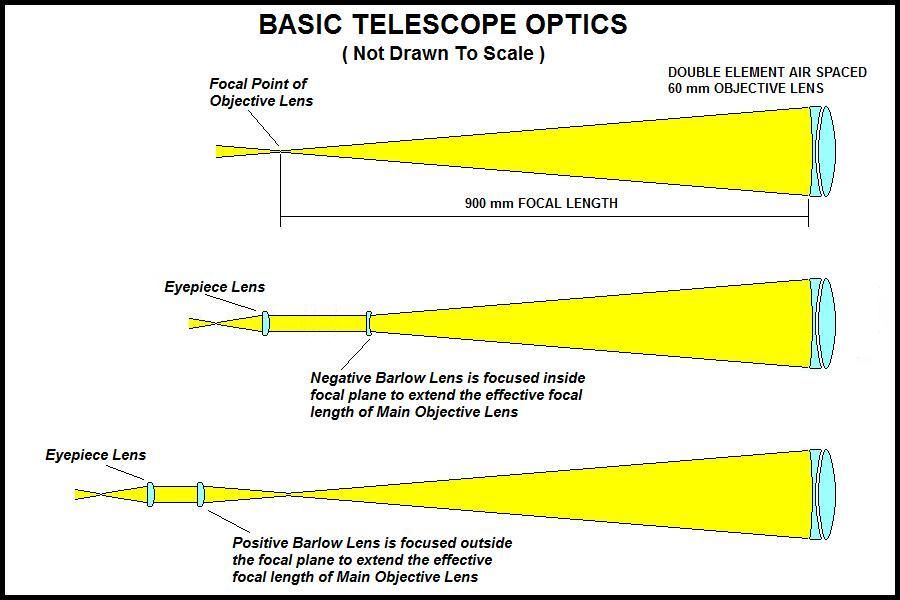
Then, if you insert the eyepiece into the Barlow lens, it will double or triple the magnifying power of your telescope depending if it's a 2x Barlow or 3x Barlow.
But, if you remove the eyepiece, and just use the Barlow lens, it will focus a projected image of the sun onto a white screen, which is the method I used to observe the transit of Venus on the face of the sun.
You notice that a good refractor telescope has a double-element air spaced objective lens, unlike cheap toy refractor telescopes with a single-element objective lens. This is to correct Chromatic Aberration, because a common problem with lenses is that not all the wavelengths of light comes to a single focus, so in cheap toy telescopes, you'll see a rainbow-like colored fringe around the edge of objects, like the moon or planets. So, the objective lens must be a double-element lens, with the two lenses made of two different types of glass with different densities so that all wavelengths of light are brought to the same focus, thus, eliminating Chromatic Aberration.
Now, reflector telescopes, using a concave mirror, do not have that problem. All wavelengths of light are brought to the same focal point, but there is a problem with Spherical Aberration where for example: if you're looking at the moon, the edge rays and the center rays do not come to the same focus. If you focus to see a sharp edge on the moon, then the center is a little bit fuzzy, and if you focus to bring the center into sharp focus, then the edge looks fuzzy. The way to correct that, is when the mirror is being polished, the center must be deepened slightly by a few millionths on an inch so that instead of a spherical curvature, it's a paraboloid.
A typical Newtonian Reflector has a flat diagonal mirror at a 45 degree angle inside the focal length of the main concave mirror to reflect the light through a hole in the side of the tube out to the eyepiece.
A Cassegrain Telescope has a hole in the center of the main concave mirror, and a small convex mirror beyond the focal length of the main mirror, to reflect the light back down to the large mirror, through the hole in the mirror to the eyepiece. The smaller convex mirror extends the effective focal length of the main mirror.
For example: You have a reflector telescope with an 8 inch concave mirror with an f6 focal length, that's 6 times the diameter of the mirror or 48 inches. The 8 inch mirror has a 2 inch hole in the center, and you have a small convex mirror beyond the focal point of the main mirror.
Now, depending of the radius of curvature of the smaller convex mirror, and the distance beyond the focal length of the main mirror, you can have an effective focal length much greater than f6, like an f20 or even greater, even though, physically, the telescope is only 48 inches long, the effective focal length can be as if it were 20 feet or more in it's magnifying power.
A Gregorian telescope works the same way, only it uses a smaller concave mirror inside the focal length of the main mirror instead of beyond the focal length.
Anyway, the Barlow lens increases the effective focal length of the objective lens without actually increasing the physical focal length of the main objective lens, or mirror, as in reflector telescopes.
And of course, if you were to build your own telescope, a reflector telescope is easier because you only have the one concave optical surface to grind and polish, whereas, if you were building a refractor telescope, you would have four optical surfaces to grind and polish for the double element objective lens.
That's why, most amateur telescope builders prefer to build reflector telescopes instead.
Also, you can build a much larger reflector telescope for your money. A good 8 inch reflector costs no more than a good 2 inch refractor, and it's even cheaper to build one yourself.
A telescope is essentially a light bucket. The greater the diameter of the lens or mirror (the bigger the bucket) the more light it can gather to bring to a focus, and the brighter the image, such that, with a larger telescope, at night, you can observe distant star clusters that are much too dim to be seen with a smaller telescope.
Reflectors telescopes are the big guns that give you more bang for the buck!

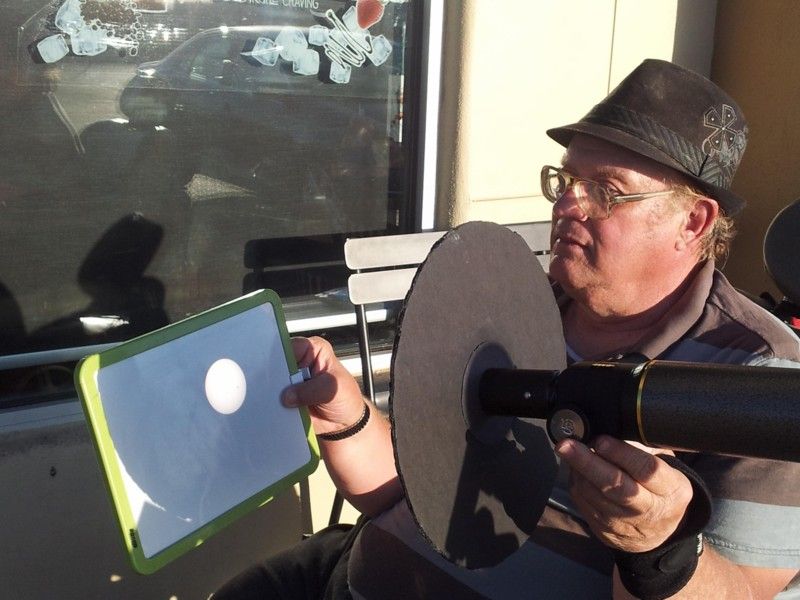

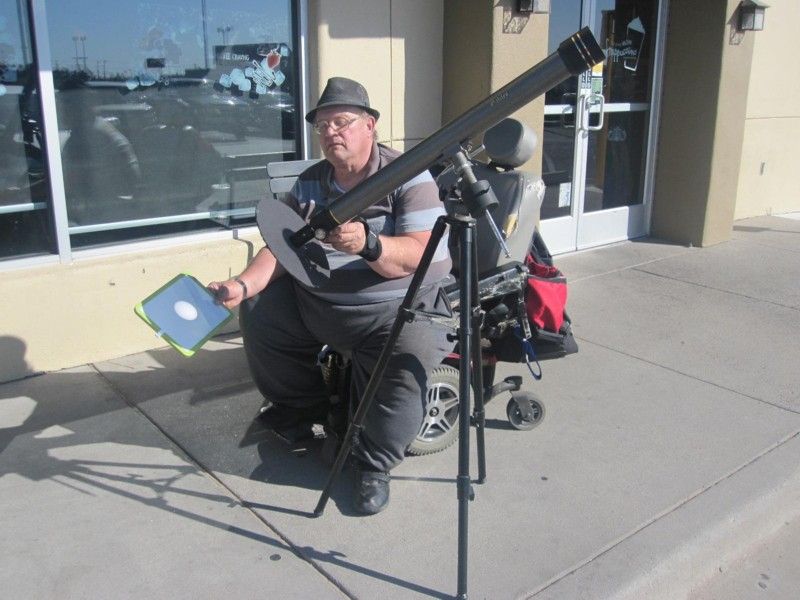

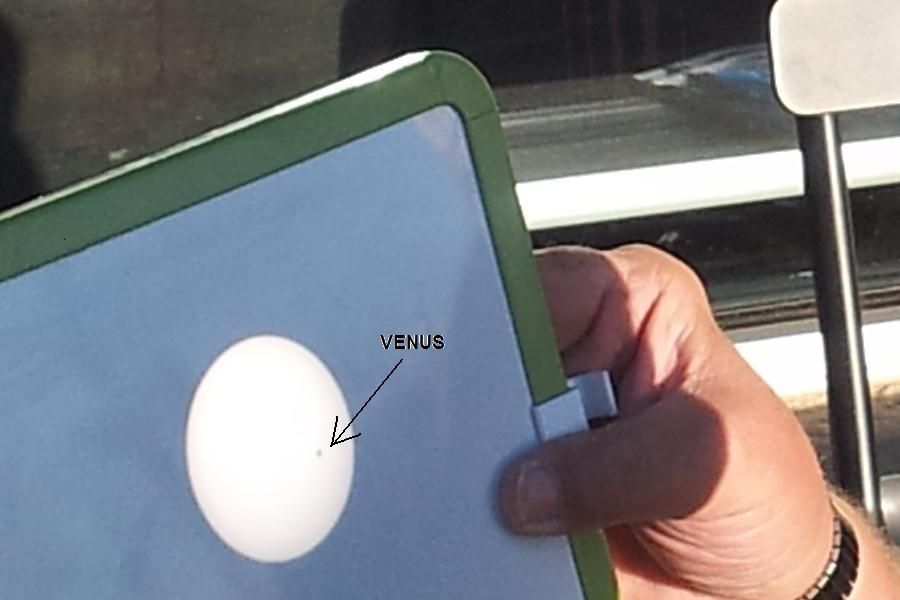
 I'm fat and sassy! I love to sing & dance & stomp my feet & really rock your world!
I'm fat and sassy! I love to sing & dance & stomp my feet & really rock your world!

